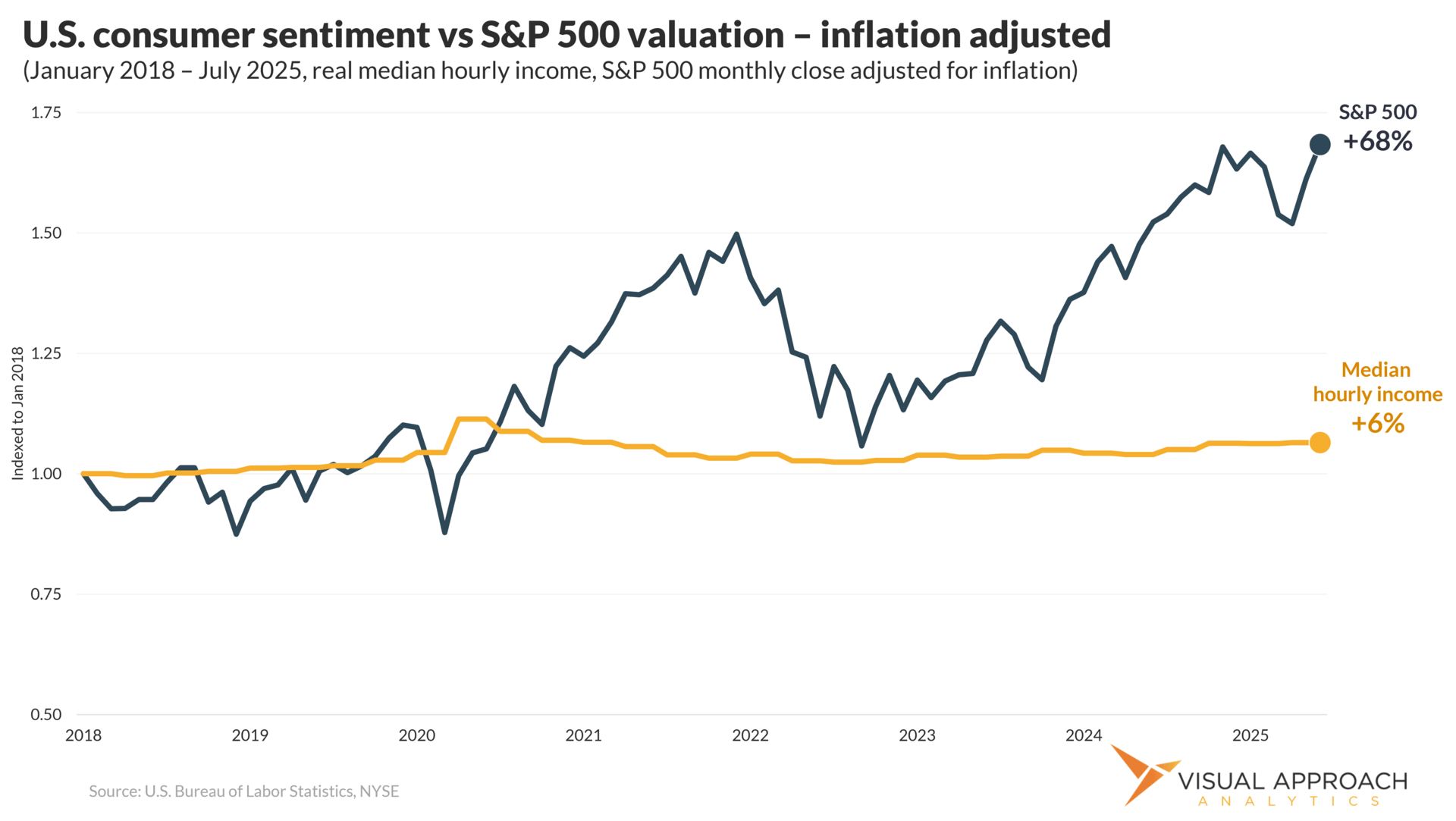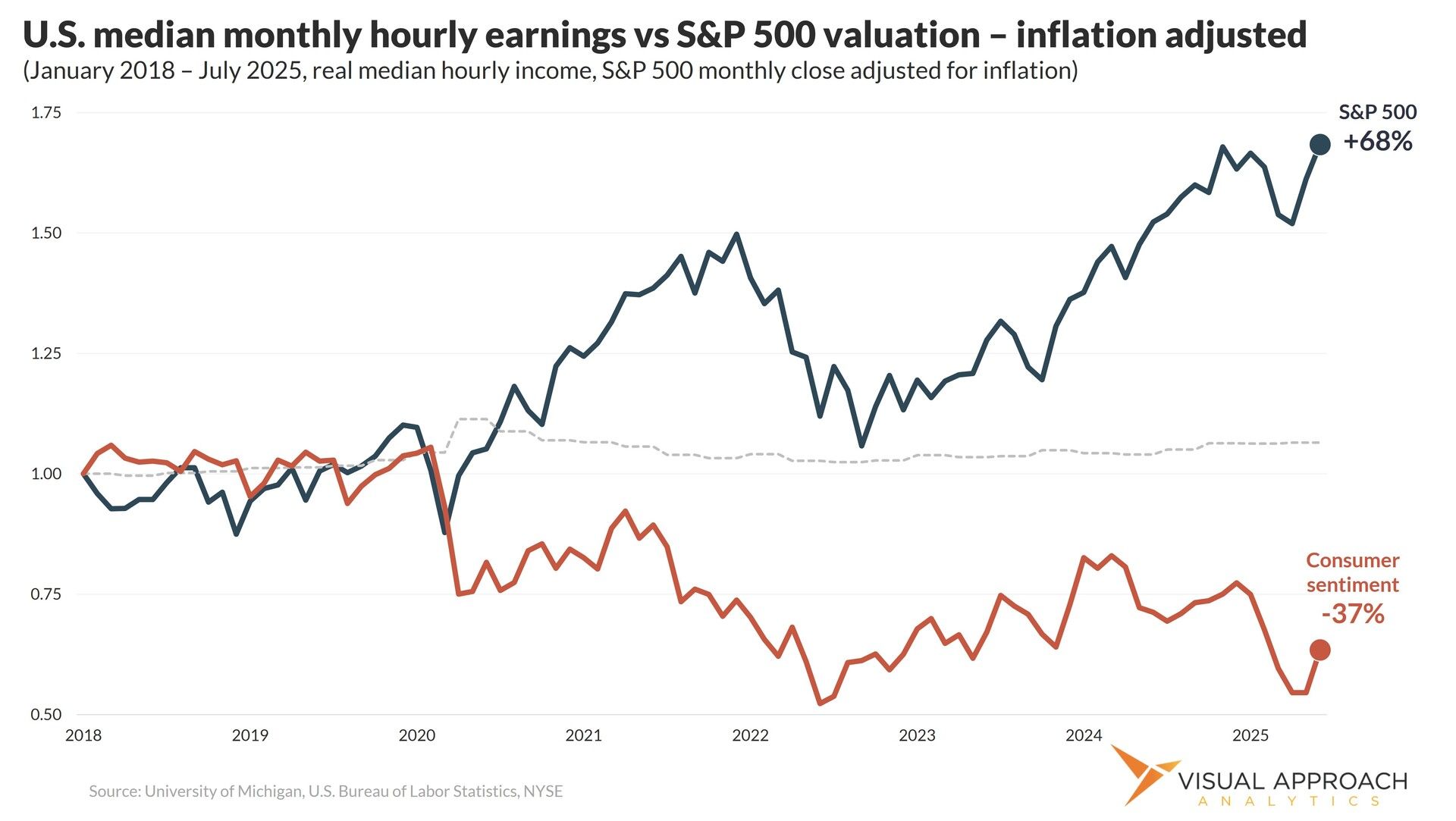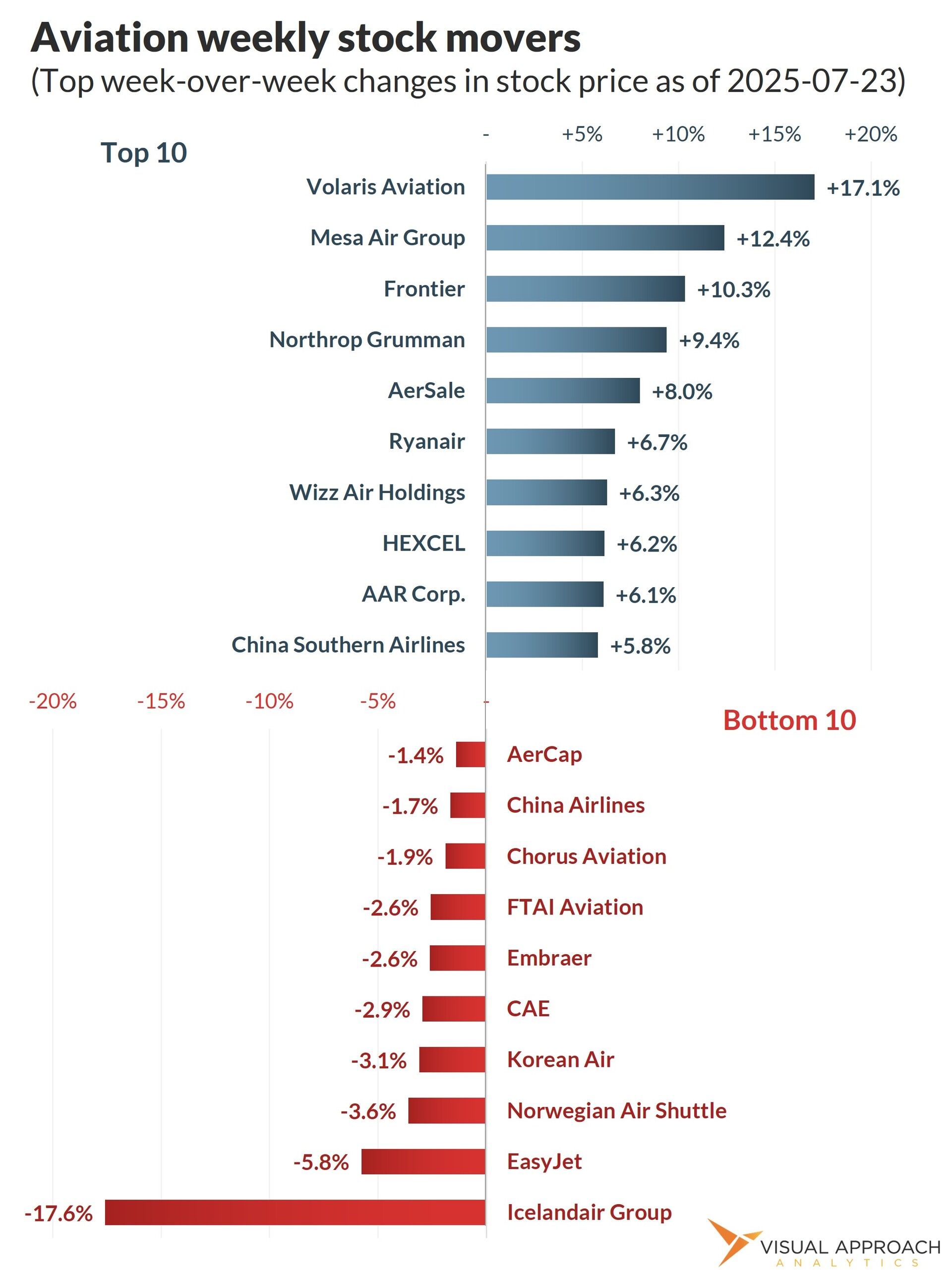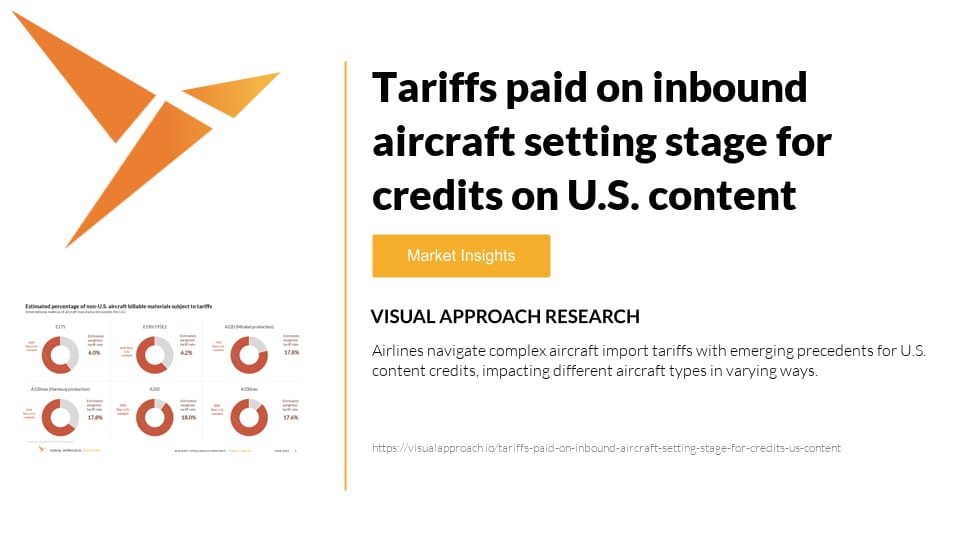- Aviation's Week in Charts
- Posts
- Is premium travel as sticky as we think?
Is premium travel as sticky as we think?
A slightly less fuzzy view of how demand isn't reacting to economic data

The premium air travel market in the United States has outperformed the low-fare sector, pretty much since 2021. There are reasons for this. First, the theory that low-fare airlines have been forced to increase their costs relative to premium carriers holds water. Not all the water, but certainly some.
That doesn’t explain why demand is lagging, but it does go part way in explaining why low-fare carriers aren’t as profitable as pre-COVID.
Then, you have my usual explanation: Low-fare airlines grew through COVID, providing much more capacity into the discount space, while premium capacity ended up getting punted by way of COVID aircraft retirements.
Again, it holds water and is certainly a part of the answer. Immediately following COVID, the low-fare market was booming as domestic leisure travel roared back first. The idea of “revenge travel” probably only existed in this short time period, as annual budgets not spent in 2020 were later spent in 2021. Capacity kept growing to catch the new demand, but that demand was a bit of an aberration - not long-term in nature.
But in the past year, we’ve seen the low-fare sector really hold back on growth. Frontier, Spirit, JetBlue, and Sun Country are all showing significant reductions in capacity this fall. Southwest and Alaska are flat. That hasn’t worked to stabilize the market as it should if it were just a capacity problem.
Which brings us to the big picture of demand. And by “big picture” we mean the biggest - the economy.
The U.S. economy is doing some strange things. Some… K-shaped things.
For the uninitiated, a K-shaped economic recovery is one in which the top-earning people make more while the bottom do not. The numbers bifurcate into a graph that looks like the letter “K”.
Avoiding any political commentary on why this happens or what it means (political commentary which, by the way, we don’t largely buy into), there are some strong signs the U.S. economy is becoming a bit K-shaped. However, we don’t necessarily think it’s a case of the rich get richer and the poor get poorer, so add more first-class seats. It’s more nuanced.
Adjusting for inflation, the median hourly earnings in the U.S. have been pretty much flat since 2018, up 6%, which is good, but flat by comparison. Now, consider the inflation-adjusted growth of the S&P 500, up 68% during the same period, with almost all of it arriving after COVID.
The stock market isn’t an indicator of the health of the economy - but it does smell like it… At least usually. Let me put this another way: in premium cabins, it does.
Earlier this year, Ed Bastien said the quiet part out loud when asked about premium travel. He pointed to wealthy retirees looking to take the premium trips they’ve been saving for. The very large Baby Boomer generation is spending its money, and spending it on premium travel. Good for them. It makes sense.
But then something happened last spring. We started to hear concerns about some slowing growth of premium travel, along with discount travel. Must be the economy turning south, right? Except by the time Q2 earnings came out, the discussion was all about how that growth came back and made up for lost time during the spring.
What happened last spring, and what has happened since?

If you’ll remember last spring, the stock market entered bear market territory. More importantly, the downward stock prices were matched by increasing bond yields, meaning both markets moved down together. Most retirees are heavily focused on bonds. Long story short, the top part of the economy felt pain, and it had a material effect on premium bookings.
When we consider not just hourly earnings but also consumer sentiment, we see that the typical American remains extremely negative on the economic outlook, down one-third from 2018. The majority of Americans feel pessimistic about the economy. The majority of Americans fly in economy.
Soft economic data continues to trickle in. The housing market is showing strain, unemployment is steadily increasing, surveys of small businesses are reporting new challenges with sales, and credit card defaults are up. Nothing alarming, but the trend is almost unanimous - the economy is slowing.
Almost unanimous, because the stock market does not agree. The premium revenue on which the airlines increasingly relied is showing signs of reacting to the equity and bond markets more than the economy.
So what? Does this mean the future is that the rich get richer and the poor get poorer?
Hold your horses, Robin Hood. Actually, no.
We think this means the premium travel that is holding up so much of the profits in the United States, and thought to be rock solid, is just as fickle as the stock market.
Is the stock market disconnected from reality? If I knew that, I wouldn’t be spending a Wednesday evening writing a newsletter on the potential future for aviation. I’d be one of those very content people in first class, probably flying to Iceland to enjoy its seasonal awesomeness.
I am not on my way to Iceland.
But, I will say this: Historically, price-to-earnings ratios for the S&P 500 have averaged just over 17. Today, it is 30.3. P/E ratios have only nudged higher at four points in history: December 1998, June 2001, December 2008, and June 2020.
Before you sell it all and shift your investments to the ultimate safe-haven of Beanie Babies (HODL!), consider that there is more than one way to lower a P/E ratio: Lower the P or increase the E. Also consider that markets can continue to run disconnected from economic reality for years. (Just ask Michael Burry about the years before his big bet paid off).
This isn’t about the stock market; this is about where the stock market currently sits in relation to historical averages and how closely tied premium travel is proving to be. We could see consistent market growth over the next five years, feeding the premium revenues long enough to consider this a secular shift. Or, it could revert tomorrow.
In fact, we believe the economy has sufficient momentum to avoid a serious downturn until the end of the decade. We said as much in our recently published research.
However, the explicit connection between the markets and premium travel has not yet been made in the industry - and yet here we are. At the same time, the raw data suggests that market is quite a bit overvalued.
Premium travel might not be as sticky as we think.
Research published this week

Ok, new plan: Rather than flying first class to Iceland, maybe it’s best to just buy Icelandair.
You should do a chart on…

AI-generated chart that shows… nothing
We like to create valuable charts. But, it’s not easy coming up with new ideas amid the endless hours delivering data-driven edge to our customers. In our quest to provide a valuable weekly newsletter we can keep guessing what you find most valuable, or you could just tell us.
If you have an idea for data visualization, reply to this email and let us know what analysis you’d find most valuable. We’d love to hear from you and will happily name-drop.
ACCESS OUR DATA AND ANALYSIS
We provide bespoke analysis to investors, lessors, and airlines looking for an edge in the market.
Our approach to analysis is data-driven and contrarian, seeking perspectives to lead the market, question consensus, and find emerging trends.
If a whole new approach to analysis could provide value to your organization, let's chat.
If you were forwarded this email, score!
As valuable as it is, don't worry; it's entirely free. If you would like to receive analyses like this regularly, subscribe below.
Then...
You can pay it forward by sending it to your colleagues. They gain valuable insights, and you get credit for finding new ideas!
Win-win!
Contact us
Have a question? Want to showcase your organization in a sponsored analysis? Reach out.
It’s easy. Just reply to this email.
Or, if you prefer the old way of clicking a link, we can help with the hard part: contact
